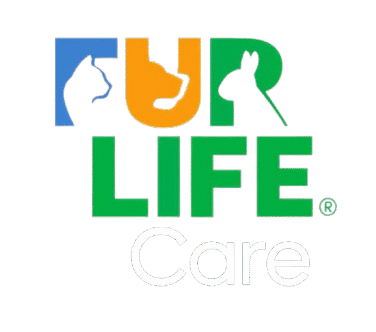“Protect your pets during emergencies with these simple tips.”

How to Keep Your Pets Safe During a House Fire
In the event of a house fire, our number one priority is keeping everyone safe—and that includes our pets. Smoke, flames, and panic can be just as dangerous for our furry, feathered, or scaly family members as they are for us. That’s why it’s so important to be prepared.
Here’s everything you need to know about fire safety for pets, from planning ahead to emergency evacuation tips.
1. Create a Pet-Inclusive Fire Safety Plan
Just like the rest of your household, your pets need to be part of your family’s fire evacuation plan. Make sure everyone in your home knows how to respond and who is responsible for each pet during an emergency. A simple way to alert first responders to your pets’ presence is by placing a visible pet emergency decal on your front door or window. Include the number and types of pets in your home so firefighters know who to look for.
Don’t have a plan yet? Resources like Ready.gov offer easy-to-follow templates to help you create a comprehensive fire safety plan for your family and pets.
2. Keep Your Pets Identifiable
Always make sure your pets wear up-to-date ID tags and are microchipped. In the event your dog or cat escapes or becomes separated during an evacuation, microchipping drastically increases the chances of being reunited.
3. Prepare an Emergency Pet Evacuation Kit
Have a dedicated emergency kit ready to grab and go. It should include:
- Extra leashes and harnesses
- A pet carrier for each animal
- First-aid supplies
- At least one week’s worth of pet food and bottled water
- Food and water bowls
- Litter and disposable trays for cats
- Copies of medical and vaccination records
- Comfort items like blankets or toys
If you have small pets like birds, reptiles, rodents, or amphibians, keep a transport carrier nearby with extra supplies, such as:
- Heat bulbs or heat packs
- Spray bottles (for humidity-sensitive pets)
- Paper towels and baby wipes
- A blanket for warmth and stress relief
- Enough food and any necessary medications
4. Evacuating Pets During a Fire
In a fire emergency, time is critical. Keep pet carriers and leashes in easily accessible spots throughout your home. Use a towel to carry pets if necessary—this helps reduce smoke inhalation during evacuation.
For fish, keep two fish nets and sealable plastic bags near the tank. Turn off the tank light—it disorients the fish slightly and makes them easier to catch. Fill the bag one-third with water to keep fish safe during transport. If you have more time, use a 5-gallon bucket with a lid and a battery-operated air pump.
For reptiles and small pets, a sturdy, secure plastic container makes quick transportation easier. In a pinch, you can use a pillowcase or cardboard box to carry small animals out safely. Tie the end of the pillowcase if you need to lower a pet from a height.
5. Work with Firefighters—Don’t Re-enter the Home
If your pet didn’t make it out with you, do not go back inside. This can put your life at serious risk. Instead, leave a door open, call your pet’s name, and wait for firefighters to assist. Keep calling to your pet from a safe distance—familiar voices can help guide pets out if they’re disoriented.
6. Fireproof Your Home for Pet Safety
Prevent fires before they start by pet-proofing your home. Keep open flames—like candles or fireplaces—out of reach, and never leave them unattended. Always extinguish them before leaving the house.
Also be mindful of stove knobs, which curious pets can accidentally turn. Use knob covers or remove the knobs entirely when not in use to prevent accidents.
Final Thoughts
Having a pet fire safety plan can make all the difference in an emergency. Preparation saves lives, and your pets rely on you to protect them. Make sure they’re included in your evacuation plan, keep your emergency supplies updated, and stay calm if a fire breaks out. With the right tools and preparation, you can ensure your pets are safe and cared for—even in the worst-case scenario.
